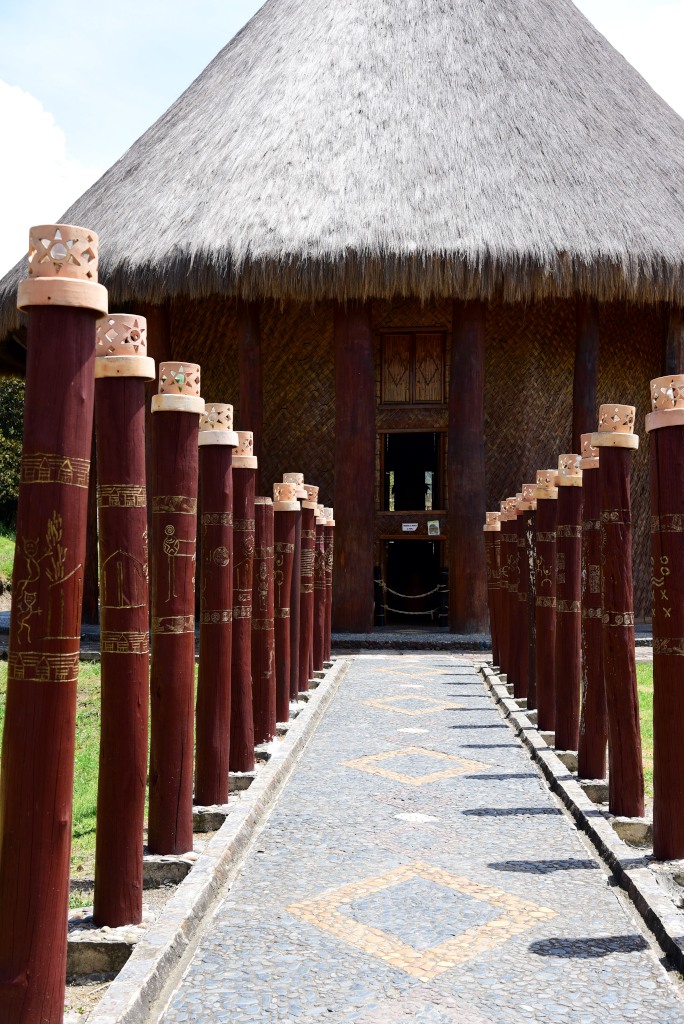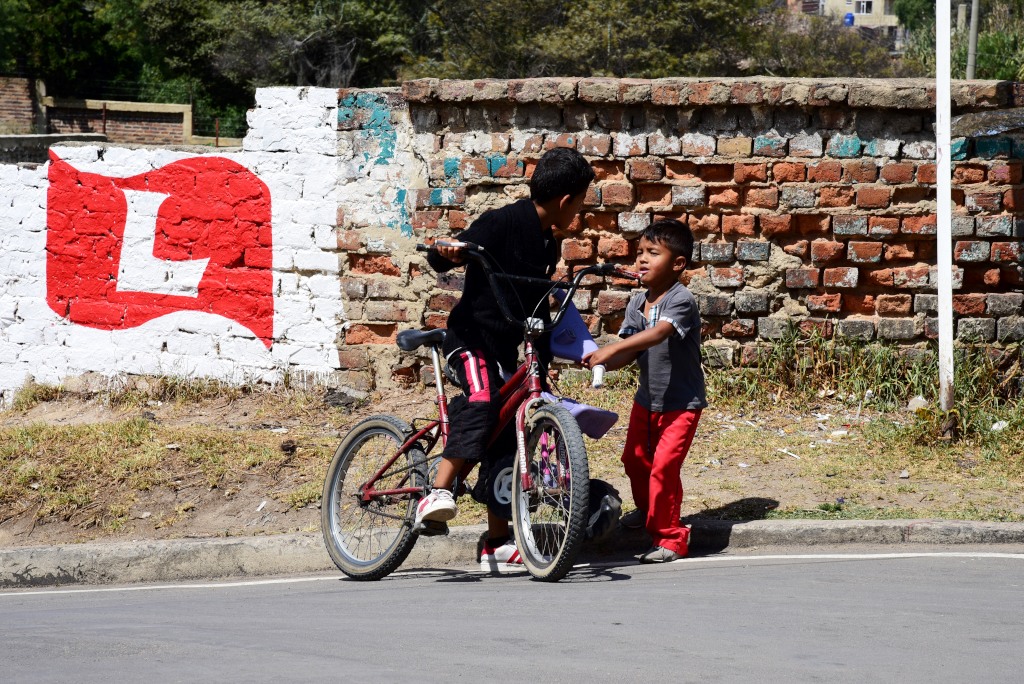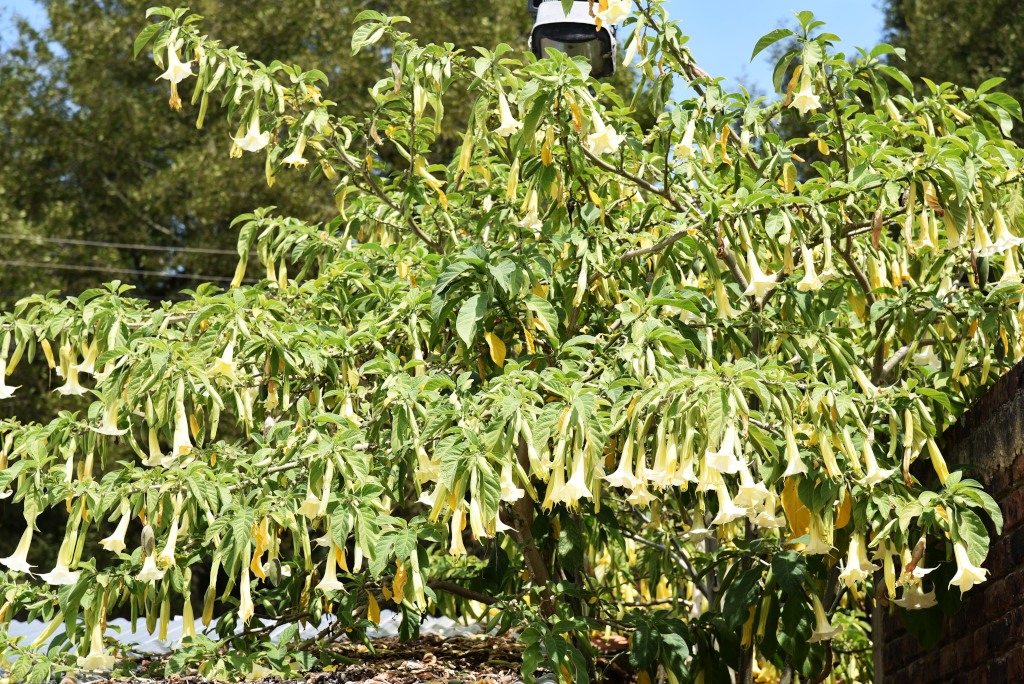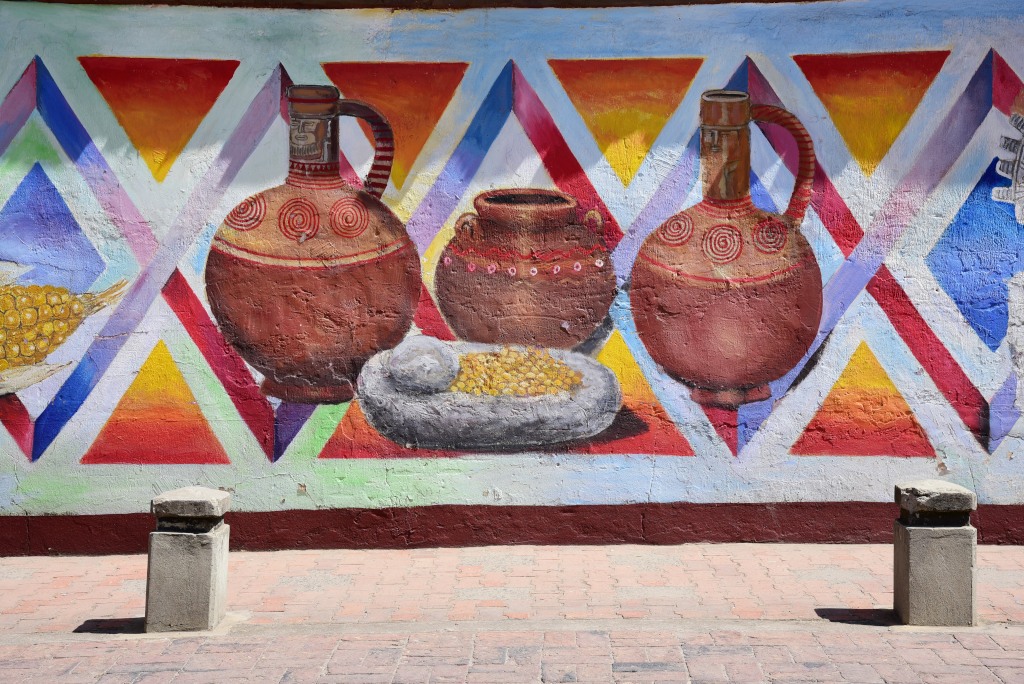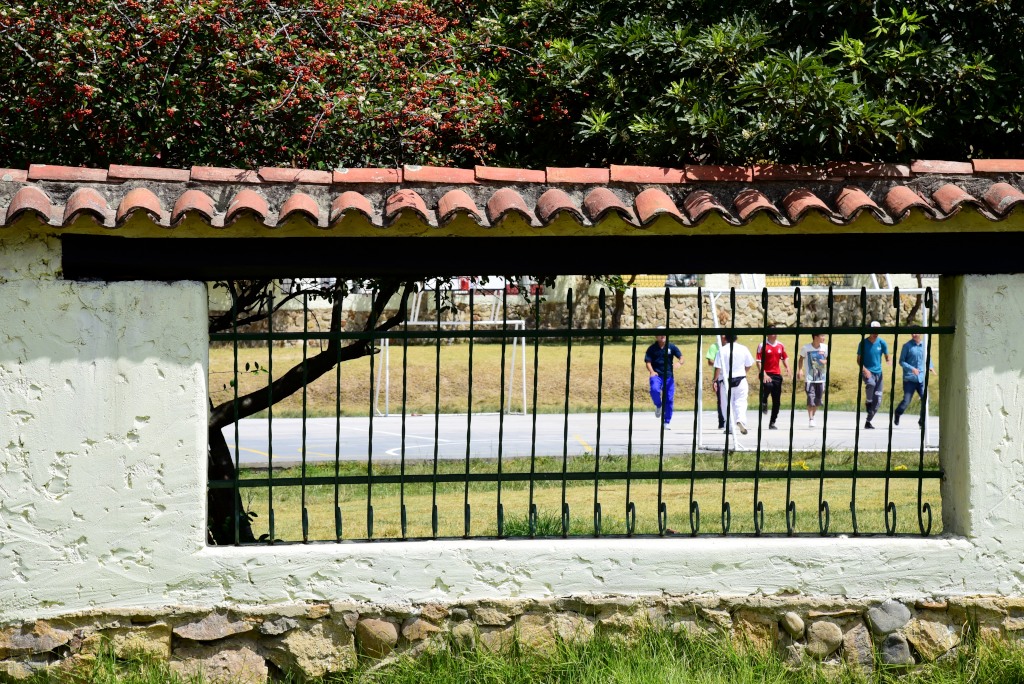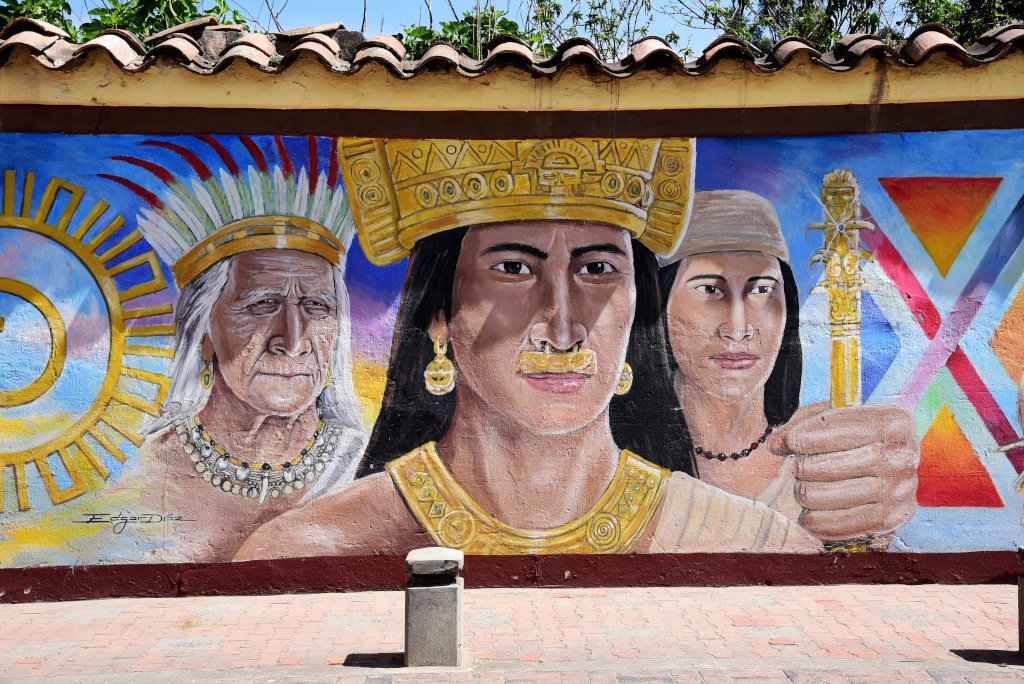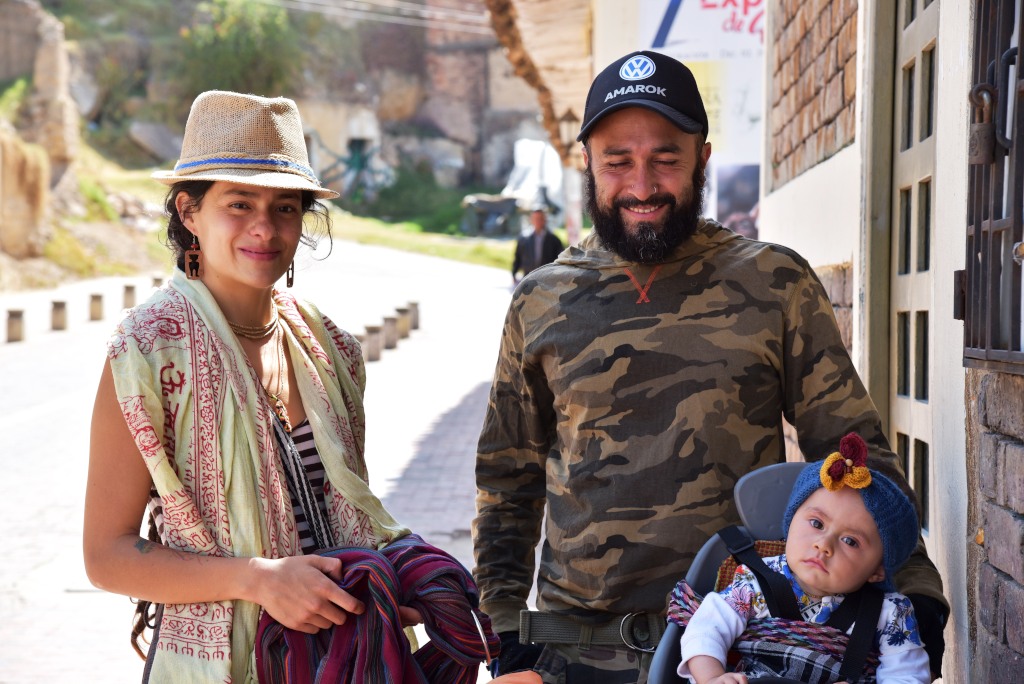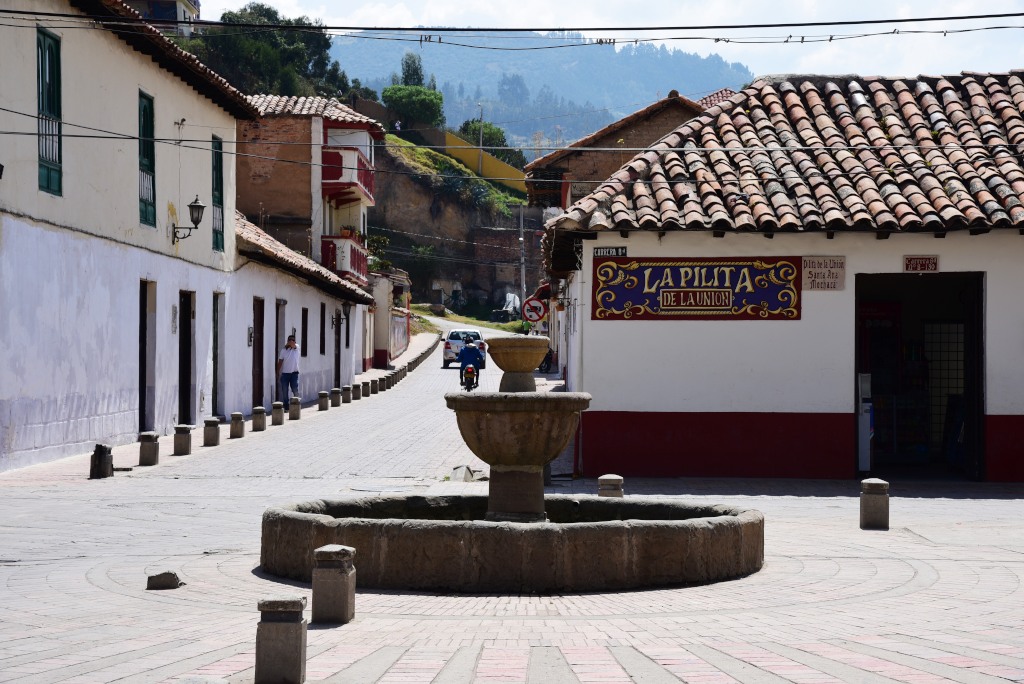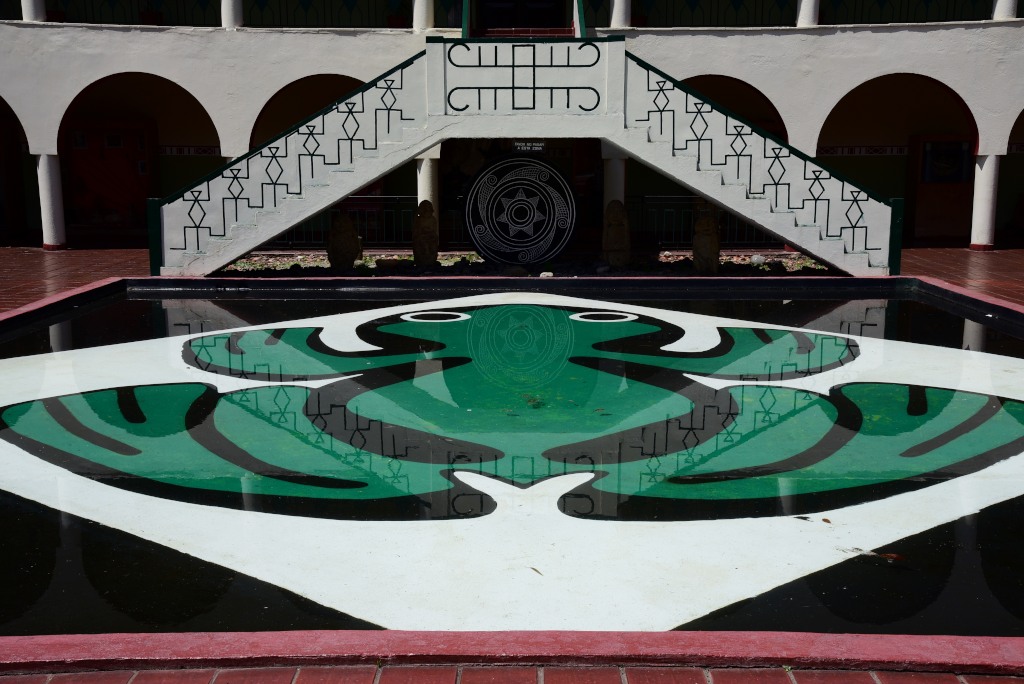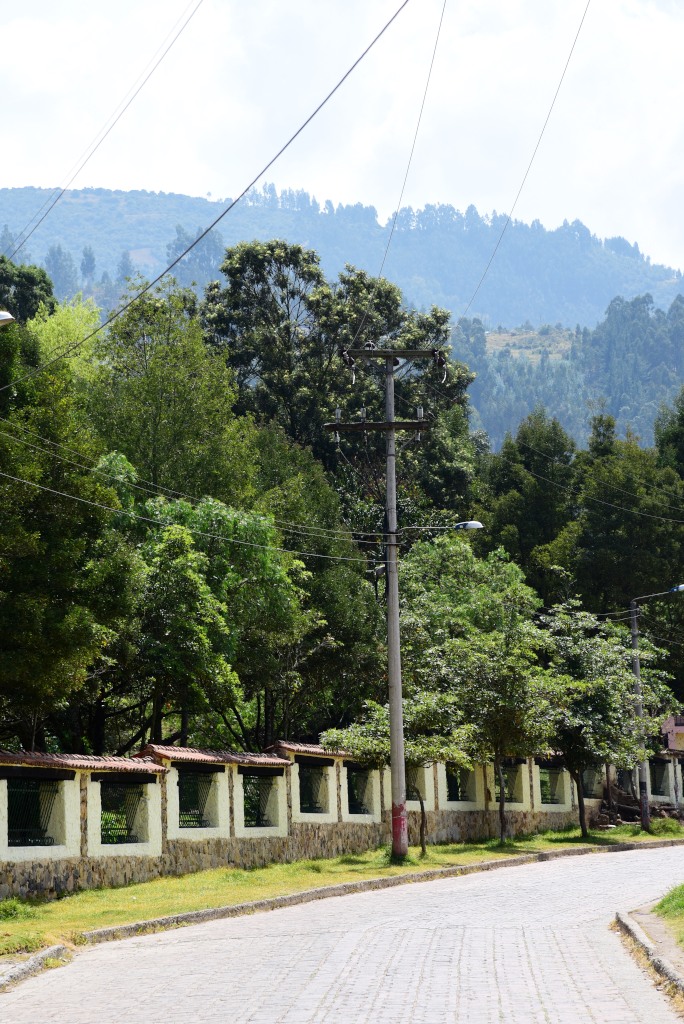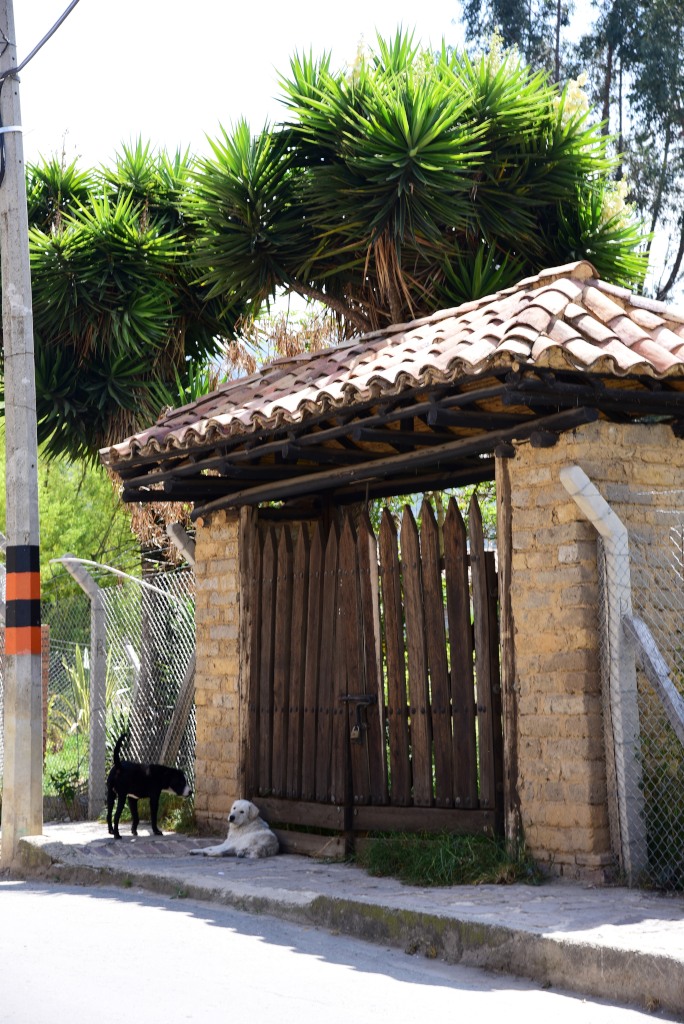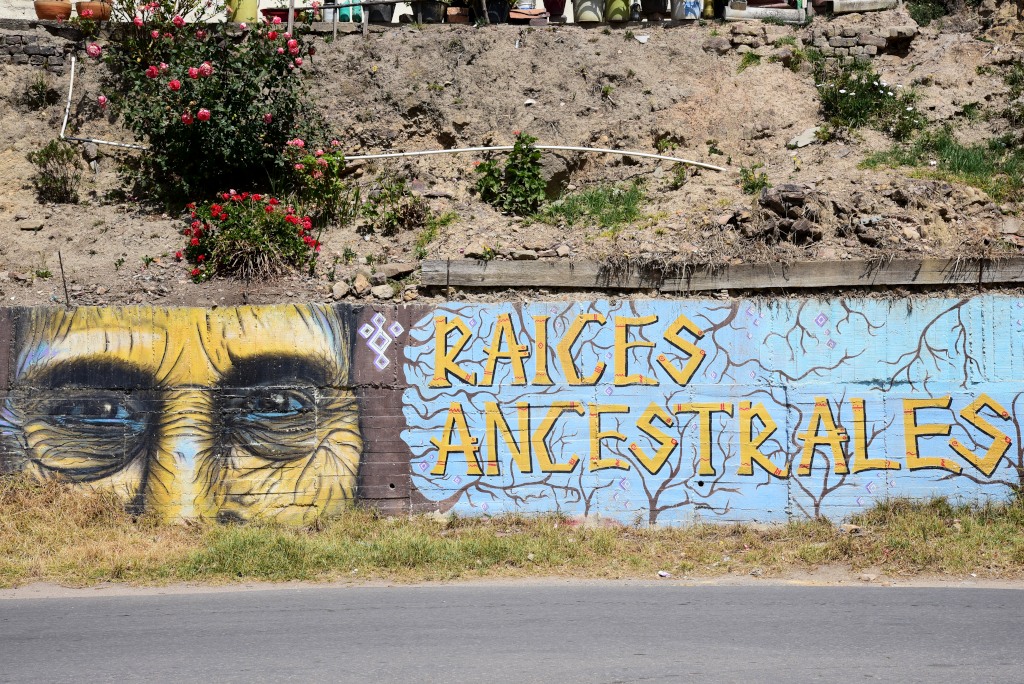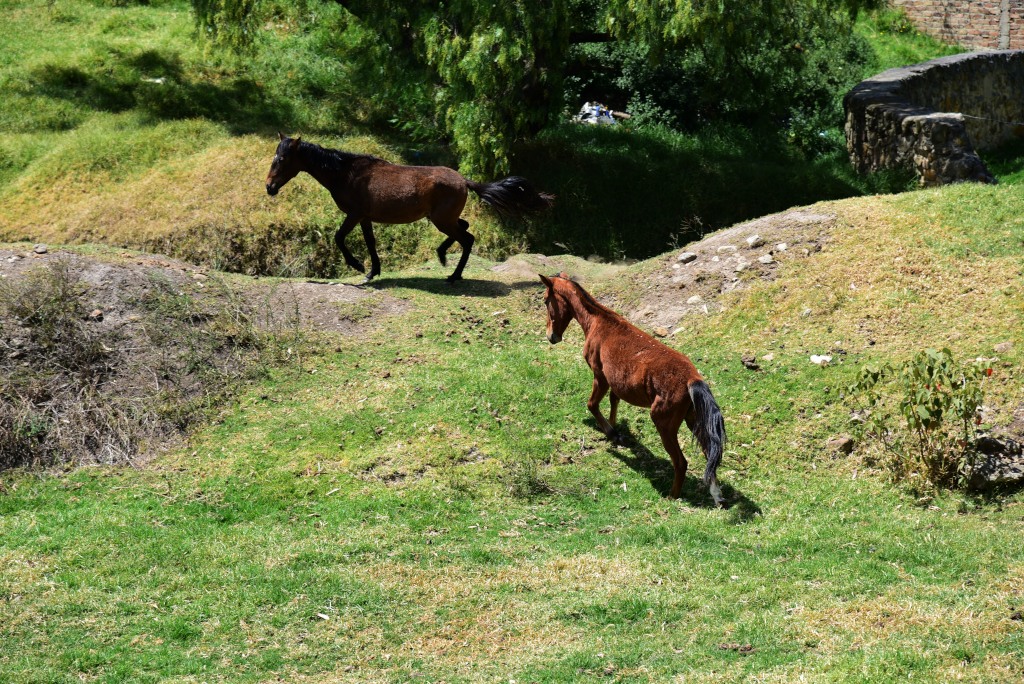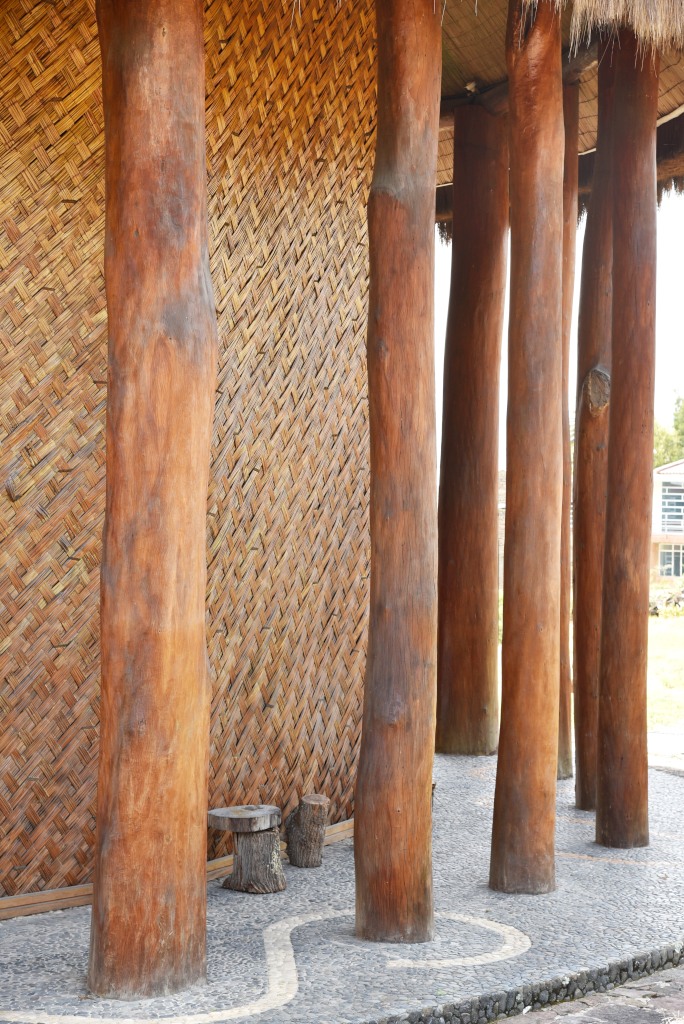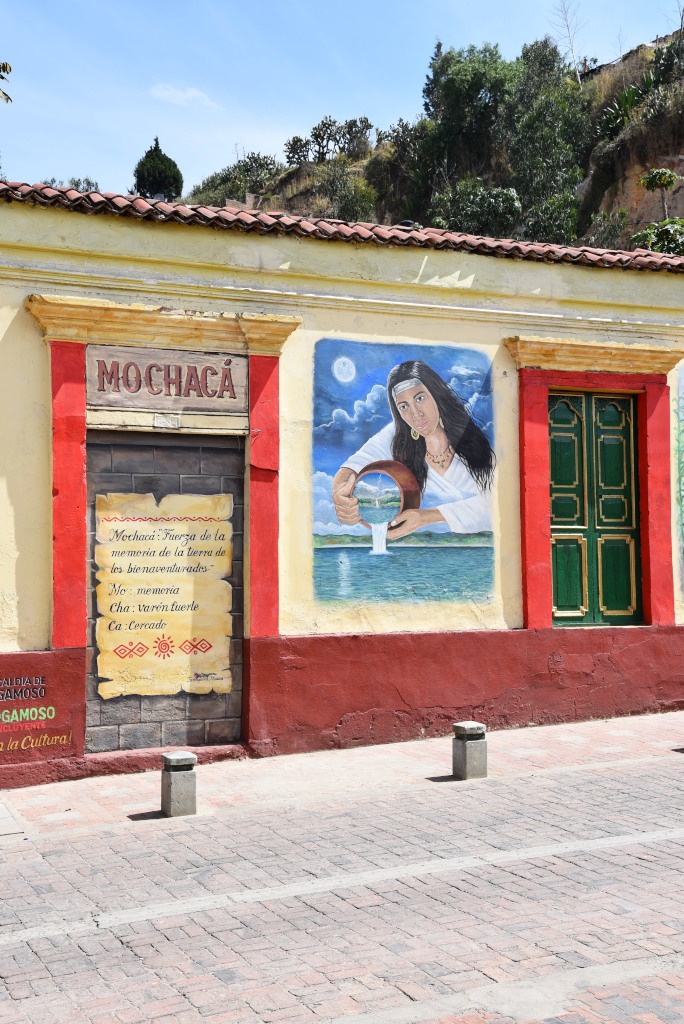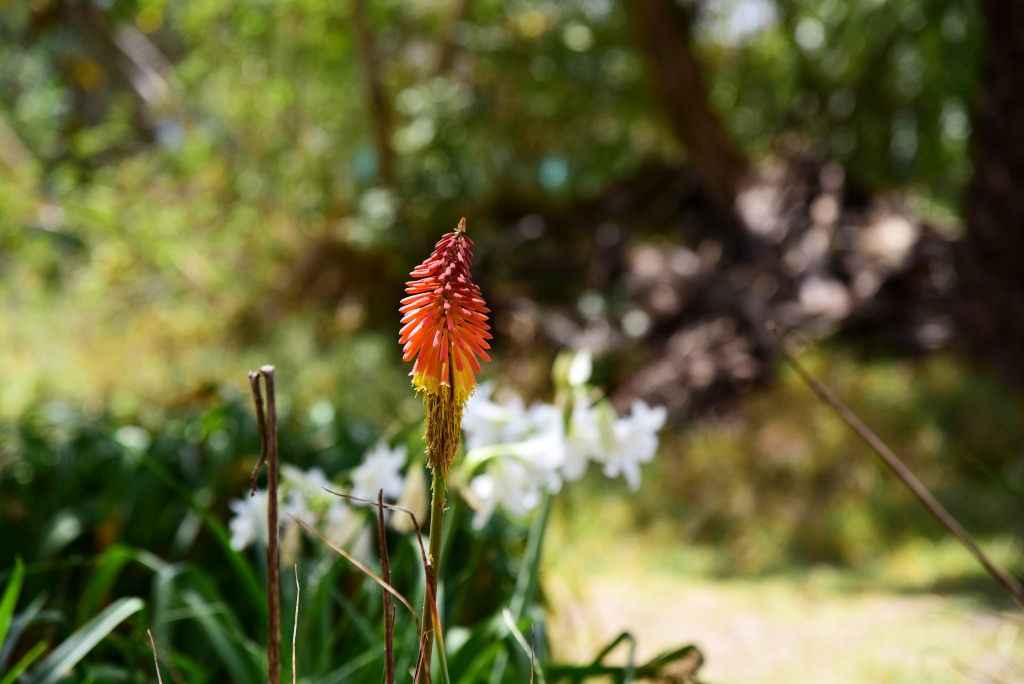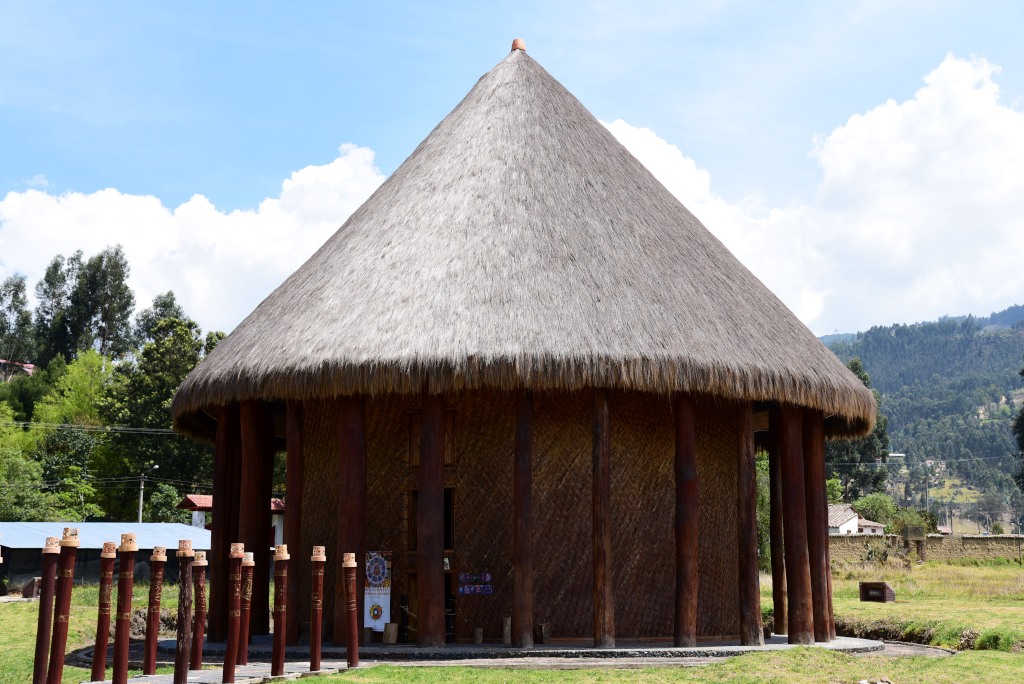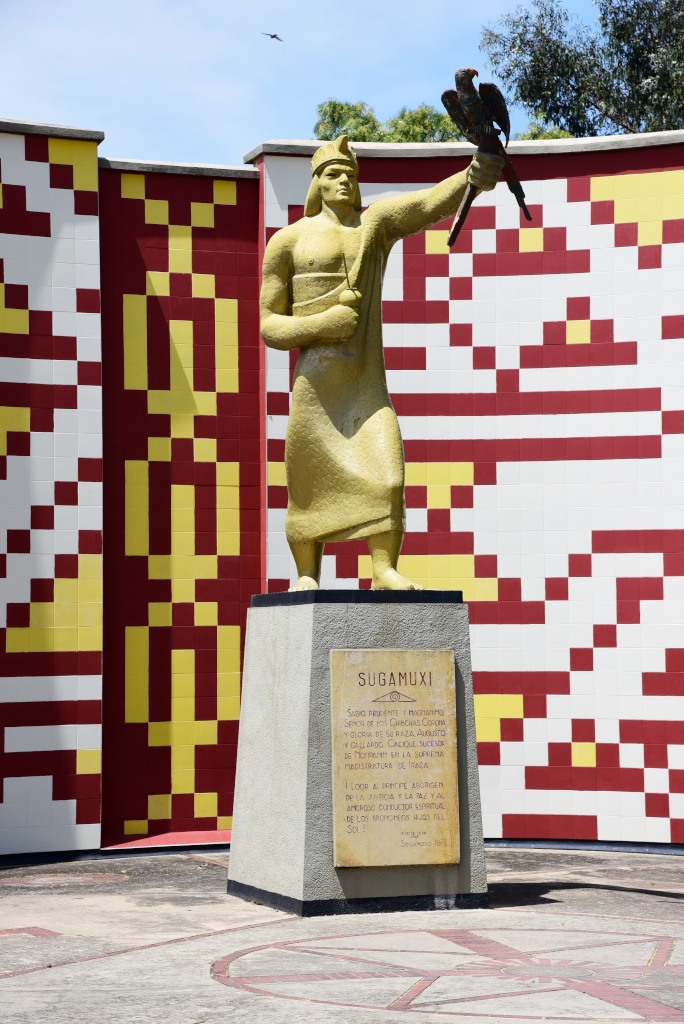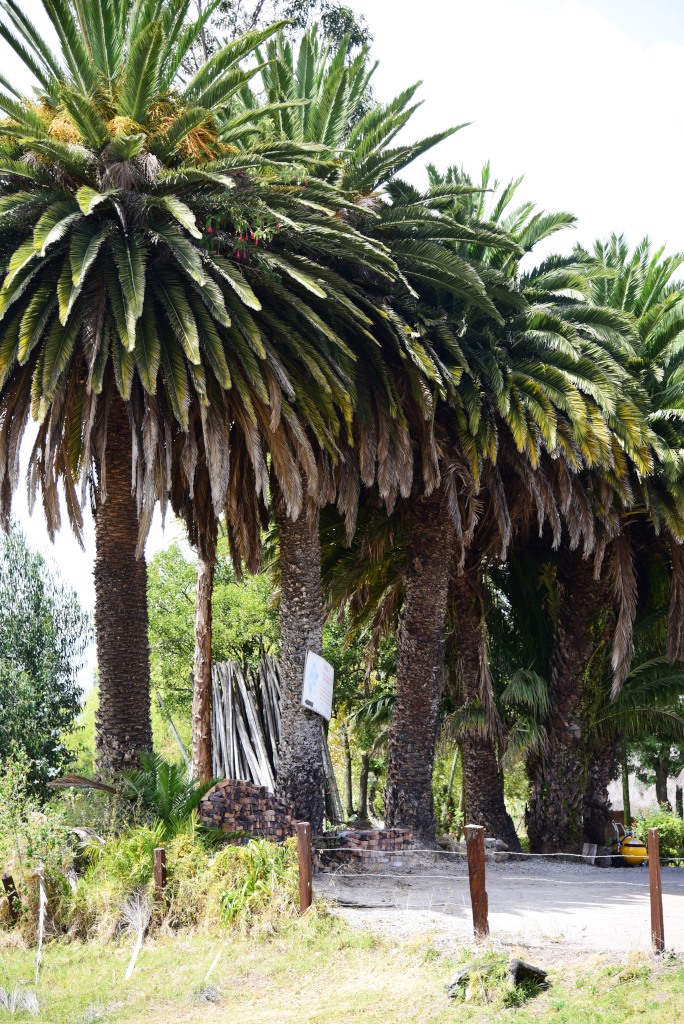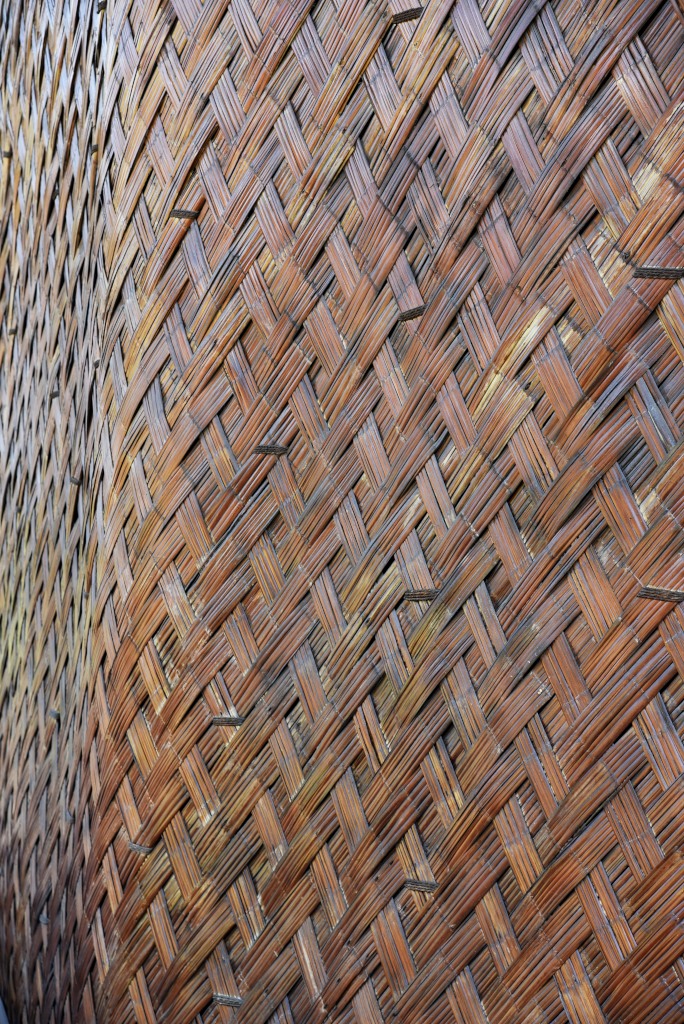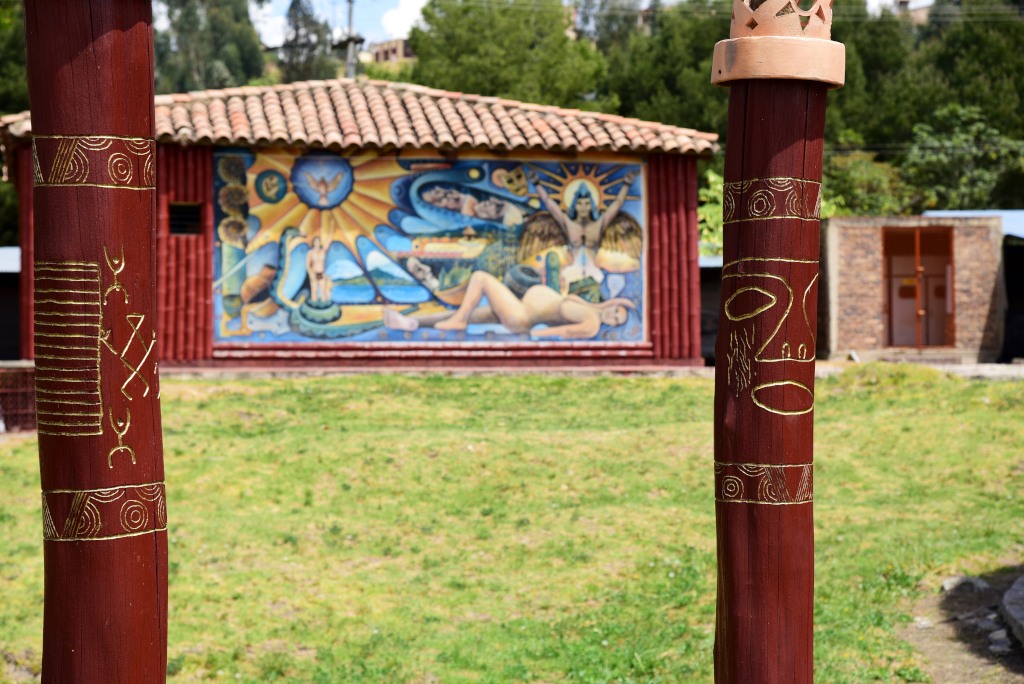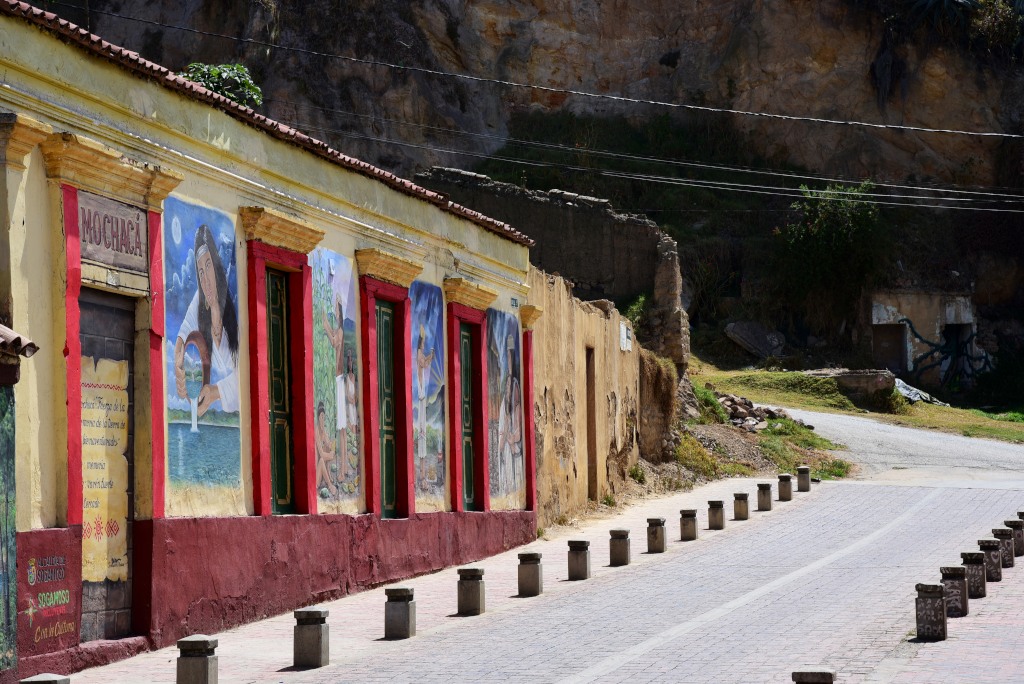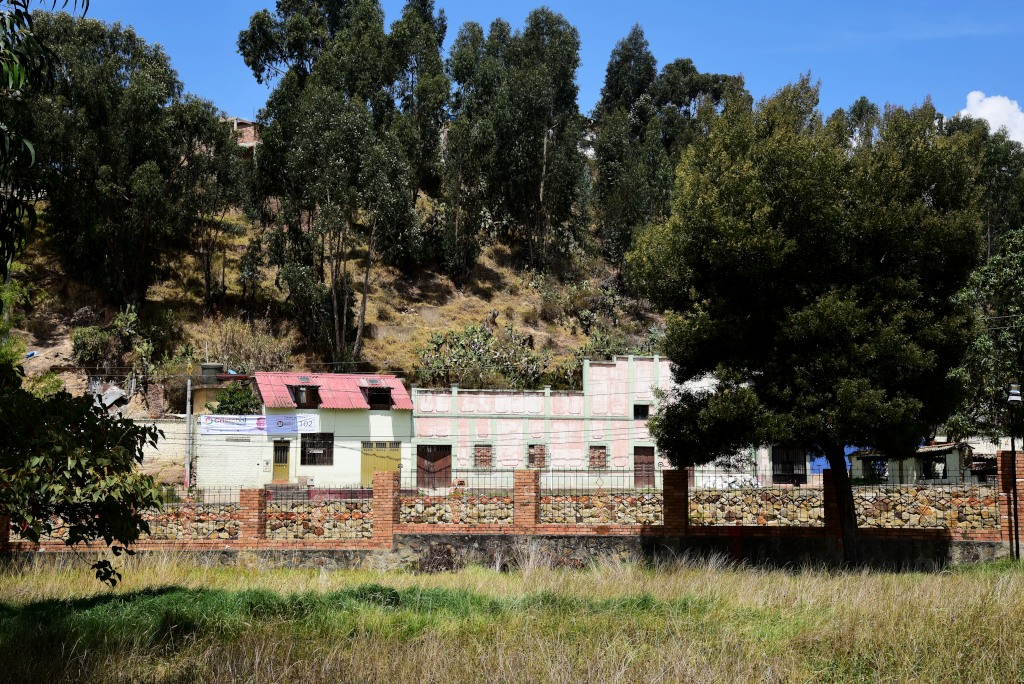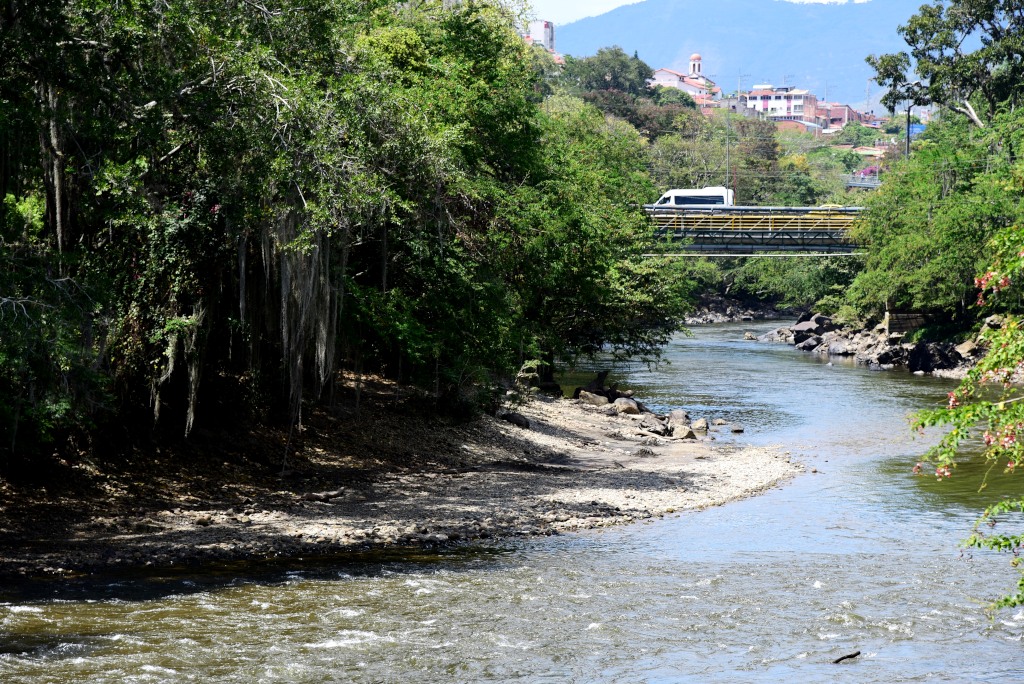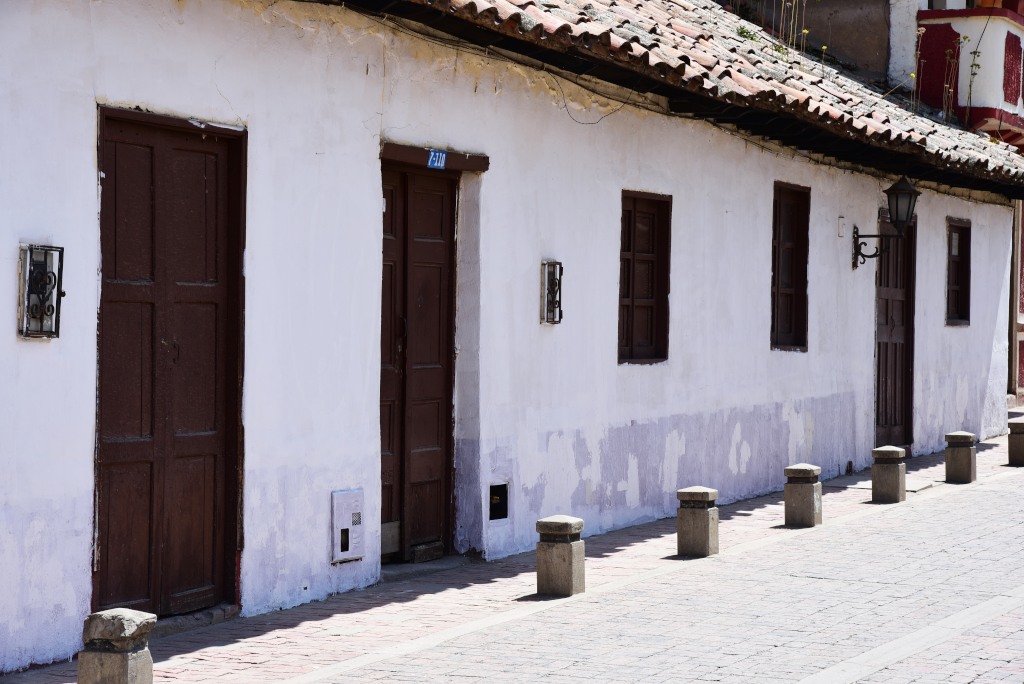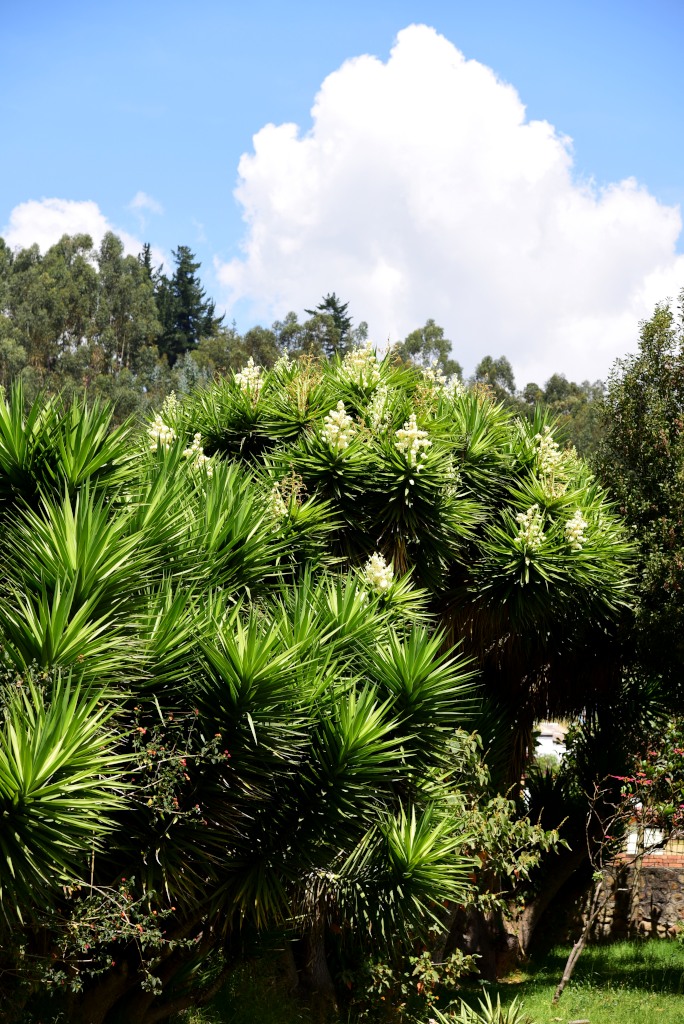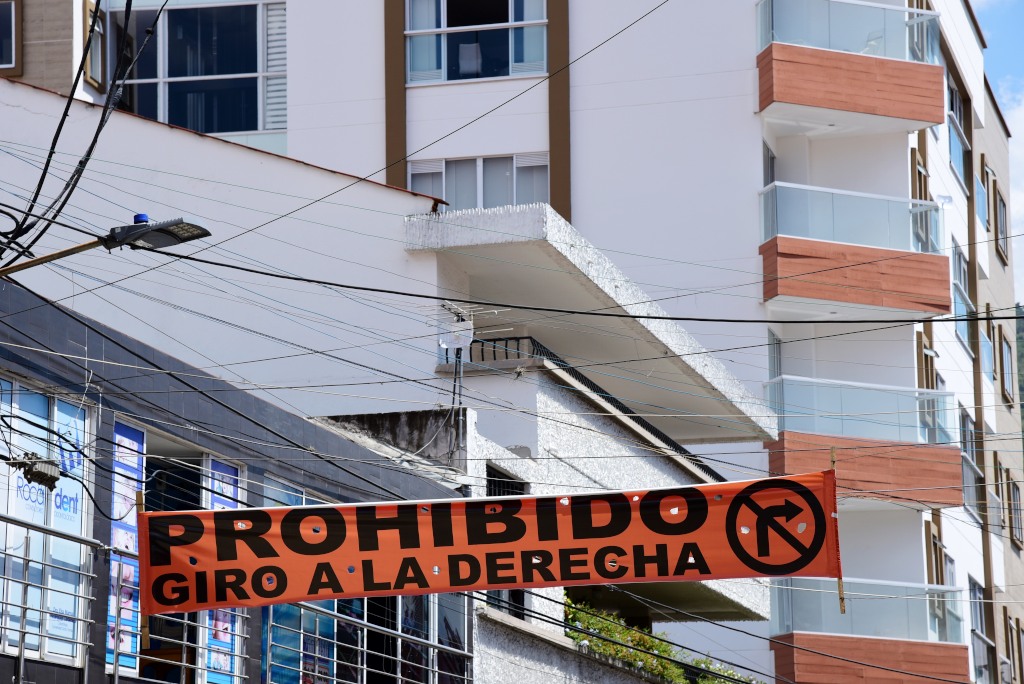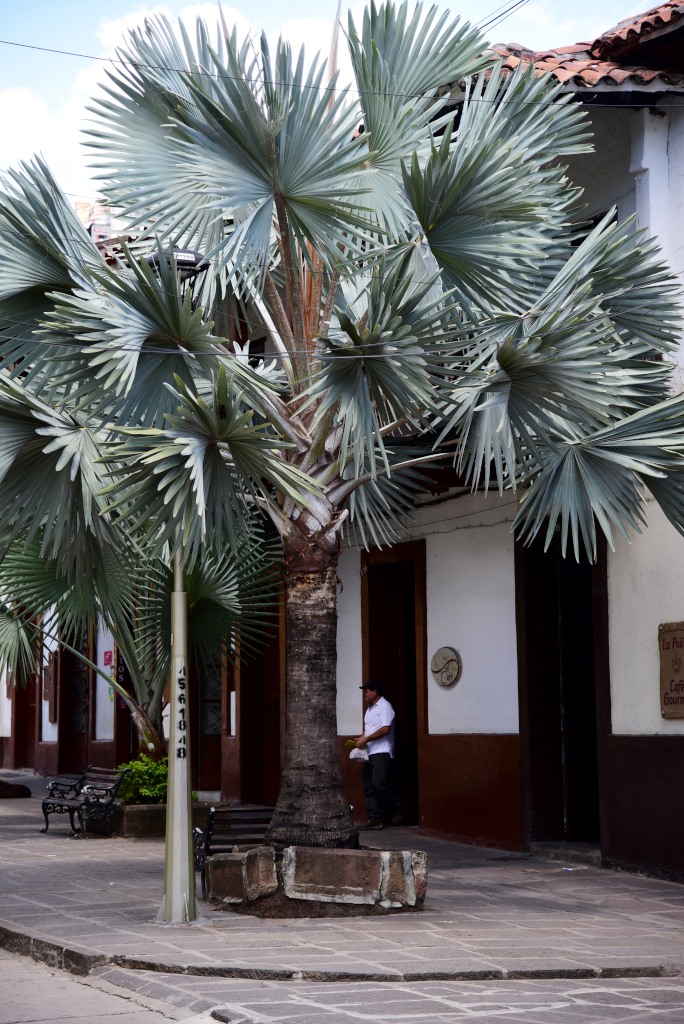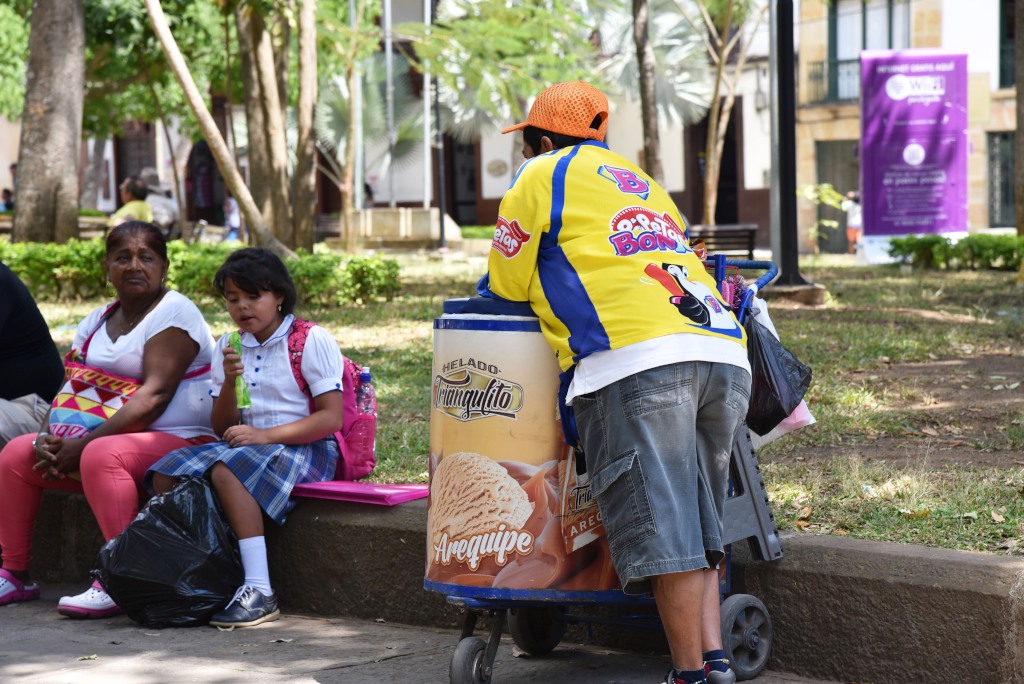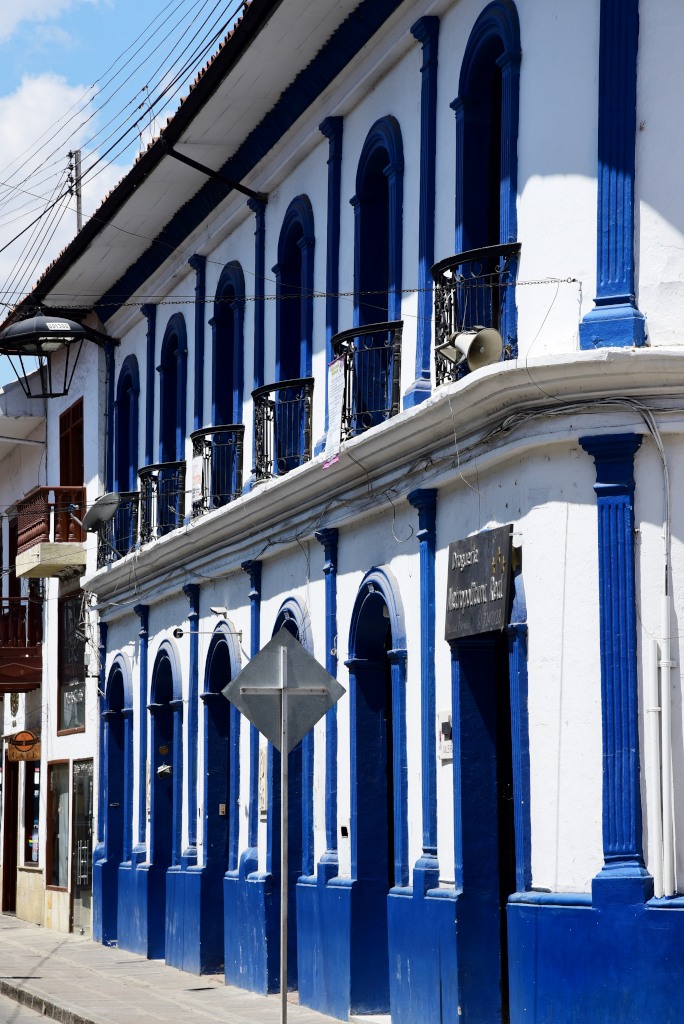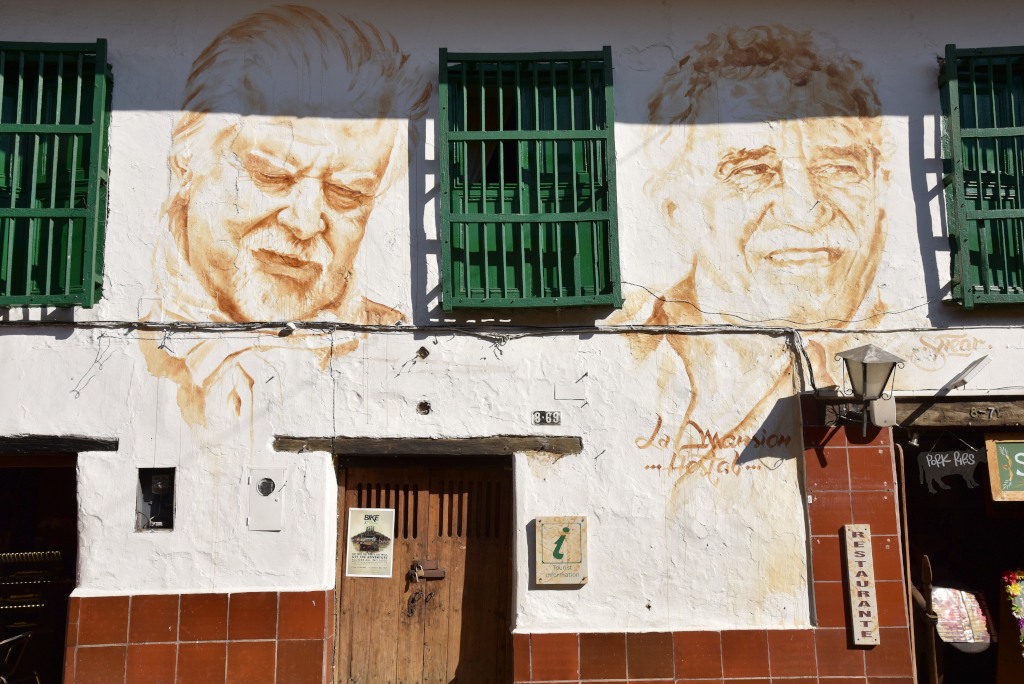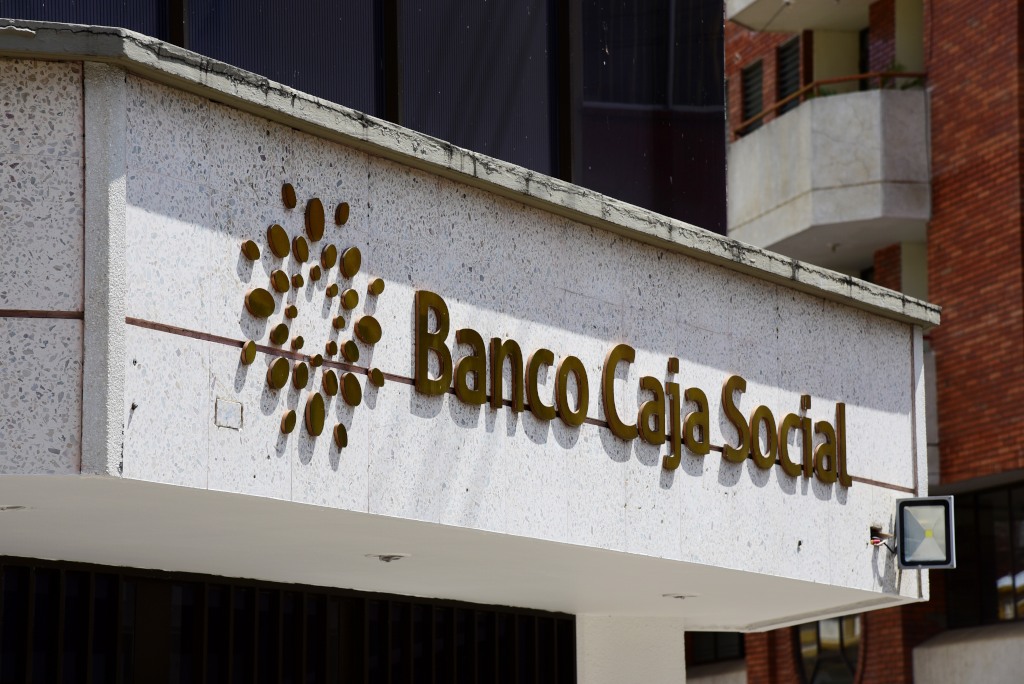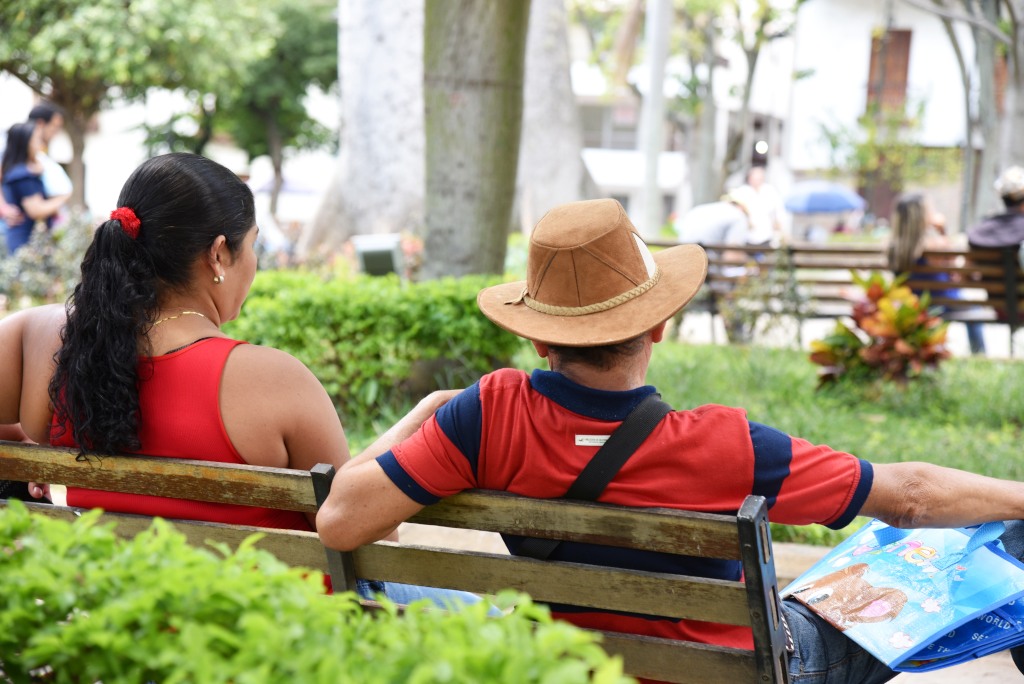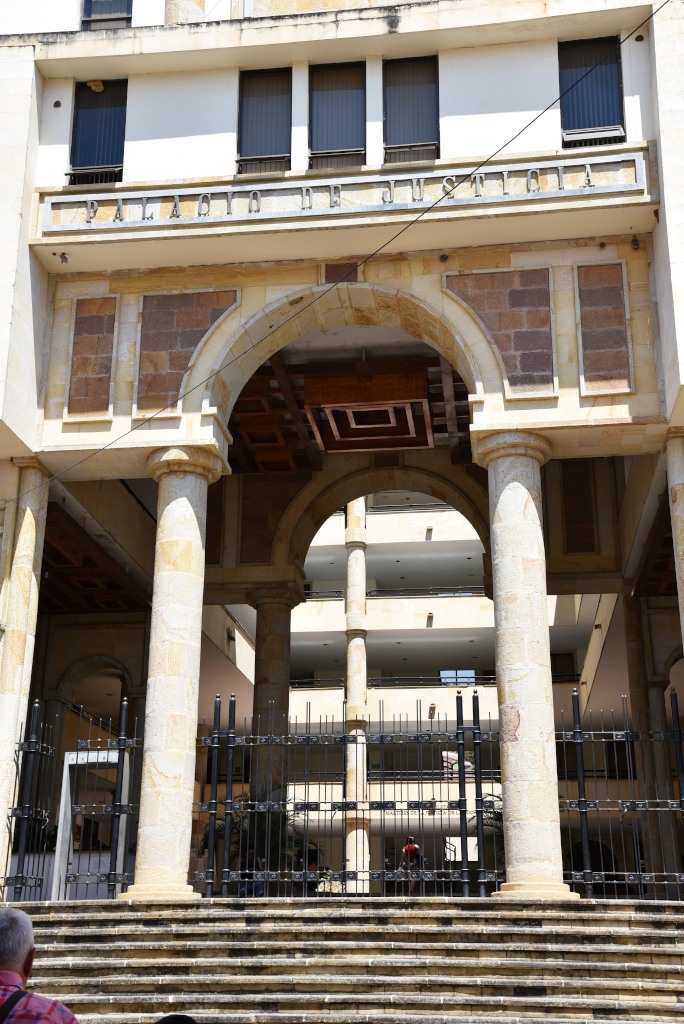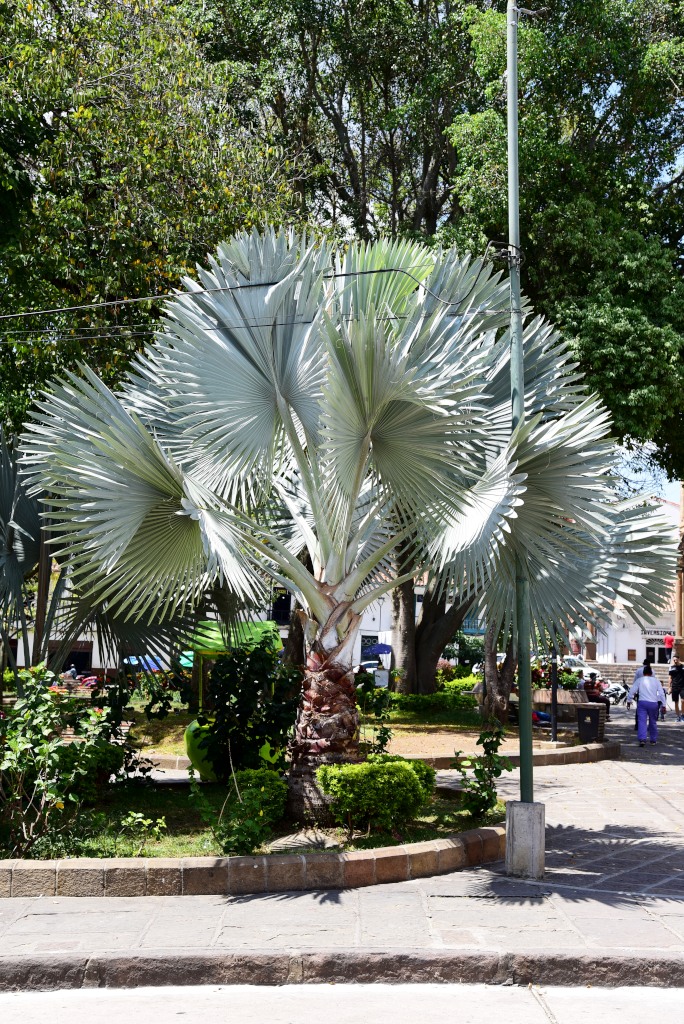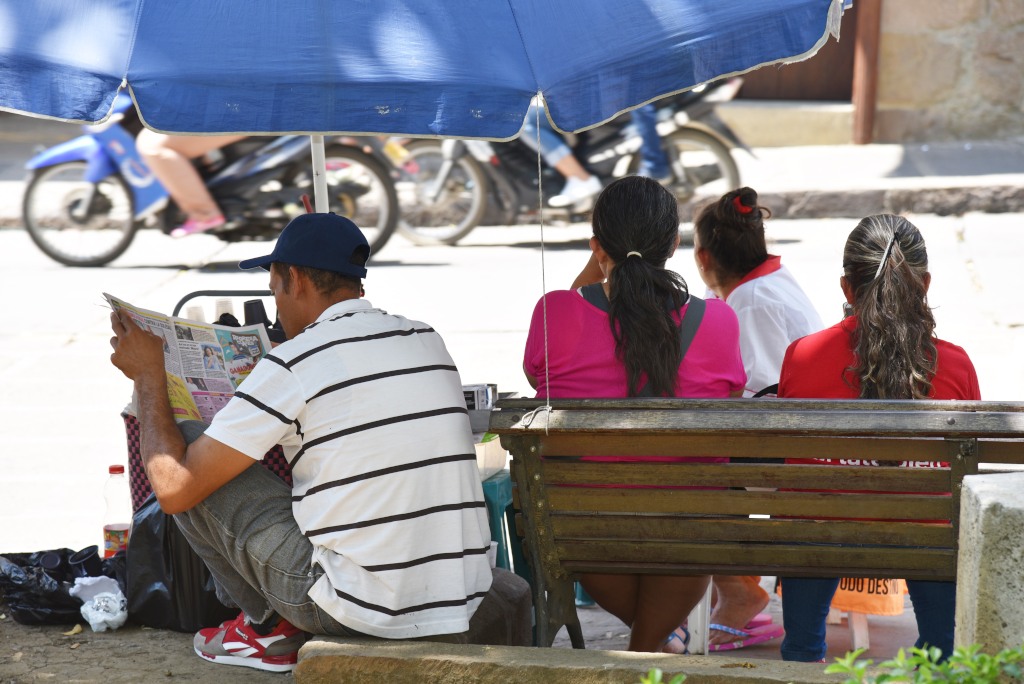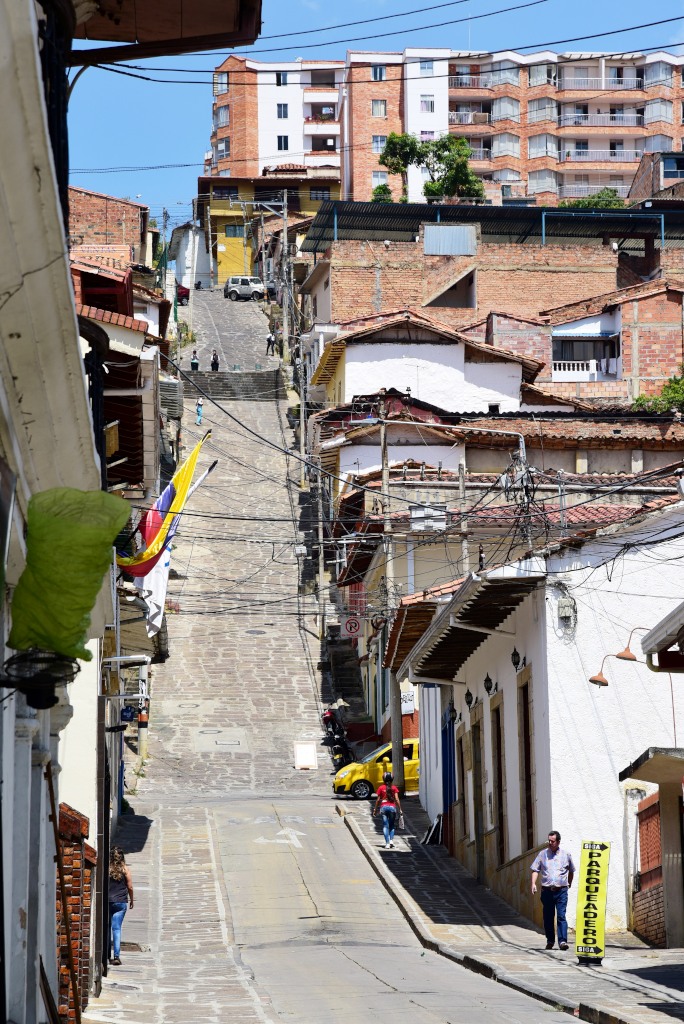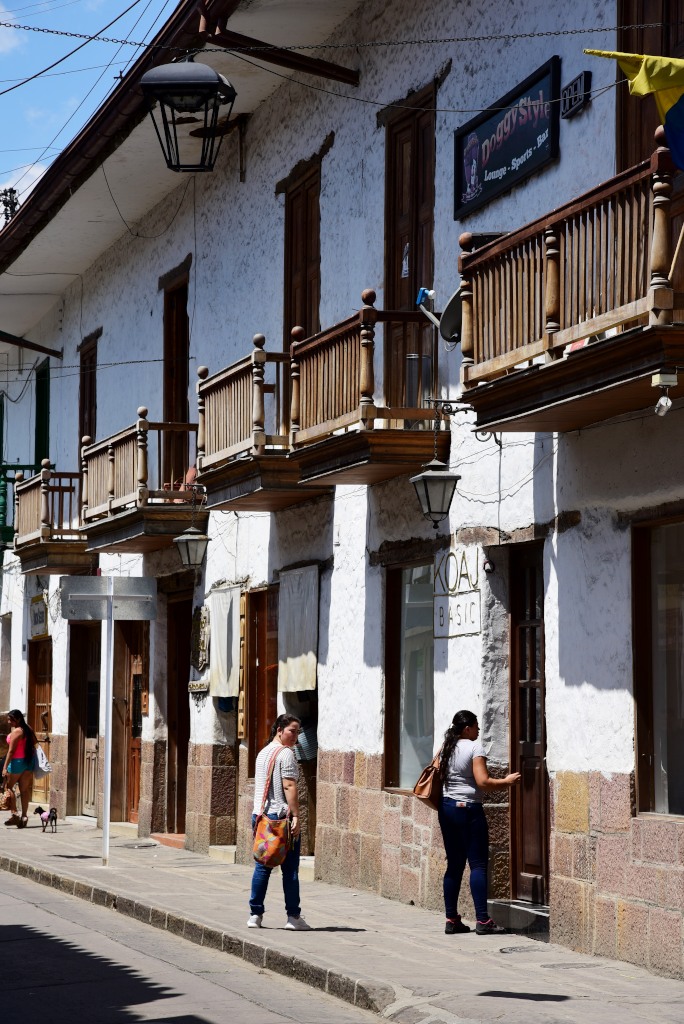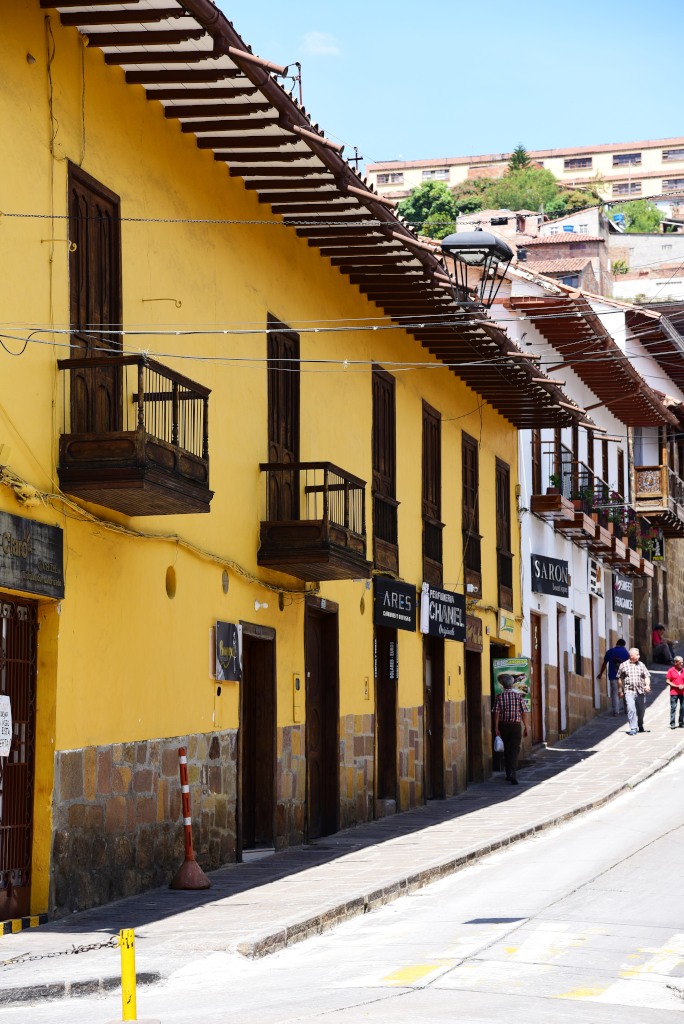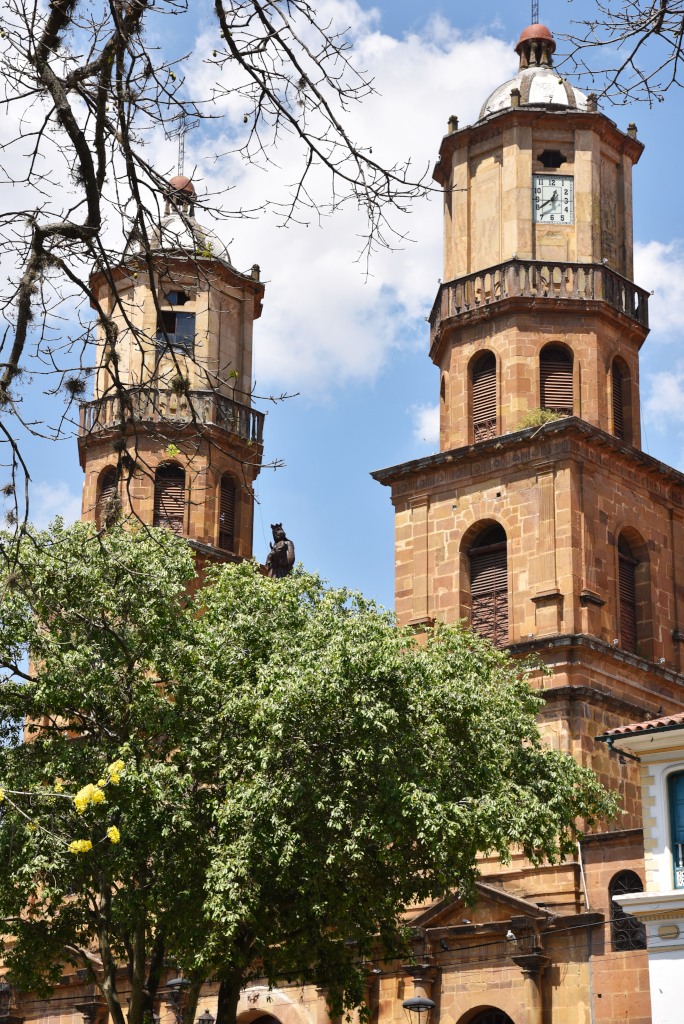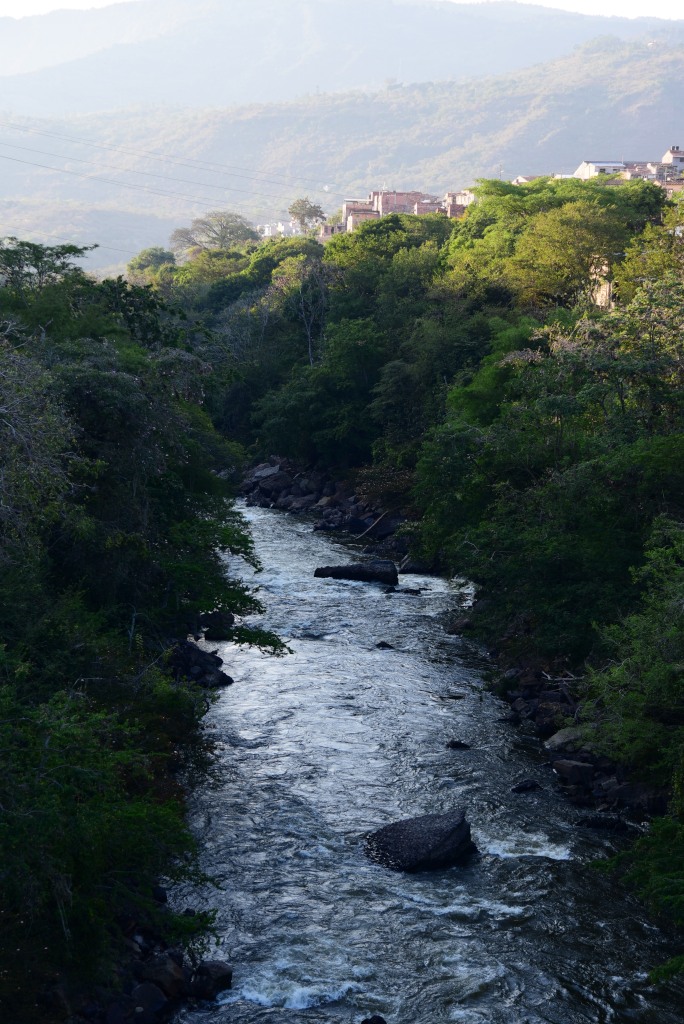February 6th, 2018
I wake up exhausted in the morning, finding it difficult to believe that I may have a cold or mild flu. Just because I went walking around the empty streets of Sogamoso yesterday night wearing nothing but a T-shirt and shorts?
The relentless clouds of toxic smoke emitting particularly from trucks and buses are burning my nose and lungs, and generally making me feel unwell. The air anywhere near the centre of town is barely breathable, and I am feeling it. I have spent enough time in countries with chronic air pollution, but somehow it is really bothering me now.
I am looking forward to returning to an AirBnB format of accommodation, which will hopefully put me in areas that are quieter, with more living and cooking facilities, not having to rely on the dodgy public food.
I research the accommodation possibilities in Mongui, in case I decide to return to hike the Páramo de Ocetá. The tiny town’s hotels charge far beyond what any other comparable small town in the area would, and for much more modest accommodation. A good reason not to patronize the place …
I am ready to leave the hotel just after 10 am, but am not so sure I will be back from the coffee, the museum visit and lunch at the San Valentin prior to noon. Happily, I am told that checkout time is 3 pm, which seems excessively generous, but I certainly won’t need that much time. Famous last words …
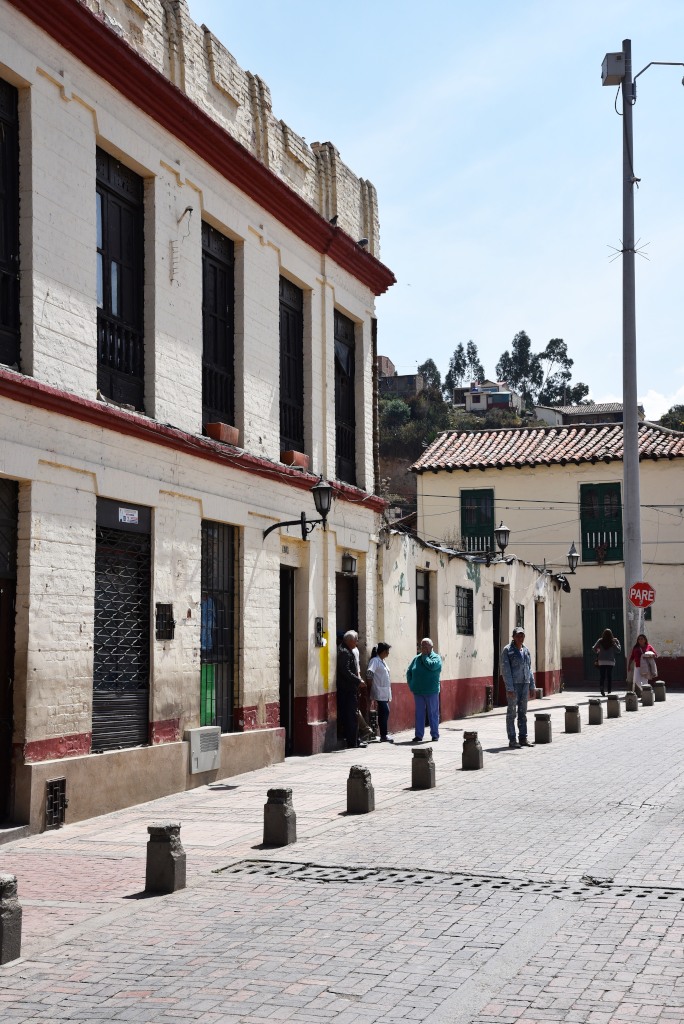
The alley leading to the museum is modest, featuring weathered adobe and terracotta architecture. An older man tells me the fountain I am photographing no longer carries any water. I can see that, but the aesthetic beauty is still there. And the wall running along the next block features murals depicting scenes from the lives of the Pre-Colombian peoples, the drama of the painting enhanced by the cliff soaring at the back, over which houses are precariously perched.
A colourful young couple is leaving their house in an alley. They tell me they are in town for a year as they load their baby into a carrier on their bicycle, given that she has been commissioned to paint murals throughout the town. They are thrilled at my enthusiasm about the quality of murals I have seen thus far here and elsewhere in Colombia, and the aesthetic quality that they add to the urban landscape.
Having been told by a number of people how not worthwhile the museum is and dangerous the area of the museum, it’s hard to believe how beautiful the area is (for Sogamoso anyway), never mind the quality of the exhibition in the museum.
The interior gallery is organized in a U shape, and is complemented with a number of Muisca-style huts with conical thatch roofs, as well as some sort of magical gallery in which aspiring artists are presumably taught to paint in a manner that may reflect indigenous traditions, with digressions into the fantastical. No photos are allowed inside the museum ‘for copyright protection purposes’.
The museum is built on the remains of the Muisca settlement. Very little of the original town is visible in the remnants scattered across the fields around the museum. The setting is beautiful, although the reality of the Europeans arriving here and summarily wiping out the indigenous peoples hits home. Such is the legacy of Europeans in America …
I am quickly drawn into discussion of local traditional music, motivated by my comment that the music they are playing on the sound system is Canadian (Simon & Garfunkle’s ‘El Condor Pasa’).
They describe traditional Colombian highland music as having largely Arabic roots ‘because Spanish music does’. Well, that’s a bit of a stretch, although I will concede that the Baroque era has some influences on the music. The folkloric music from the Colombian highlands – as is the case in much of Latin America – draws from Spanish folklore, if anything.
They refer dismissively to the vallenato music so popular here as from the coast and commercial, while salsa is imported music to begin with. I roll my eyes figuratively, considering that Colombia is considered one of the hottest countries for salsa music – and I thought I was cynical!
Carranguera, Bambuco, Torbellino and Guabina are traditional musics from the highlands of the country. From the Caribbean comes Porro and Cumbia, while the Currulao is typical for the Choco.
Typical instruments used to play music from the highlands include the tiple, bandola, cuatro and requinto.
The Colombian tiple is a plucked guitar-like instrument, and is typically about three-fourths the size of a classical guitar. Its twelve strings are played in groups of four strings. The Andean bandola is a type of small pear-shape chordophone, and has six courses of strings in several different arrangements, including differing numbers of strings for each course. The cuatro is a four-stringed instrument, smaller than a guitar.
It is time to drop the subject of traditional Colombian music and view the exhibit itself. It is now 11:20 am and the interior of the museum – the point of this visit – closes at noon. Realizing I have relatively little time to take in this extensive exhibit, I do a quick survey of the entire building to assess its scope. The initial portion, focusing on the pre-history of the area, I can happily skip.
The rest of the museum focuses on the pre-Colombian Muisca culture, although a lot of space is also dedicated to the other indigenous cultures of Colombia. Showcases of ceramics occupy much of one wing, each with a different focus. Exhibits discuss the aesthetics of the painting applied, the manner in which the ceramics are created, their purpose, the anthropomorphic representations, and so on.
Elsewhere, tools of war, domestic and agricultural implements, the food groups that were grown and that sustained the people, including potatoes, corn, squash, hot peppers, avocadoes, beans, quinoa, and a number of others I am not familiar with.
Despite not being anywhere near the coast, the people revered conches, which were used for ritual purposes, music, and other social functions of importance. Traditional decorative work was applied to the conches, and even gold for conches used for sacred ritual. Gems and gold were revered by the Muiscas, the use of gold fueling the myth of El Dorado that drove the Spaniards to so much rape and pillage during the conquest.
Fragments of old disintegrating textiles are displayed with explanations of how they were crafted as well as images of what they would have looked like in their original state. The designs follow the typical geometric patterns found in indigenous work through the Americas.
I wander around the grounds of the museum, enjoying the ambiance more than anything, but also conscious that I am probably behind schedule at this point. I hurry back to the coffee shop off the plaza to convey my excitement at having visited the museum, but the owner of the coffee shop is not there.
A quick power coffee ensues, not the thing to be imbibing when you are sick, but it does make me feel better, at least in the short term. And even much better, the trek to the San Valentin restaurant on 11th, for another amazing meal of beautifully herbed chicken breast with rice and salad, preceded by the classic legume and grain soup, topped with fresh chocolate ice cream and excellent guava juice.
The taxi driver who takes me to the bus station tells me he is happy to be driving a cab after years of working in the mines. There is work in the mines, but it is tough and dangerous – no kidding! He extols the virtues of Sogamoso – but I still find it hard to wrap my head around his claim that Sogamoso is a beautiful town!
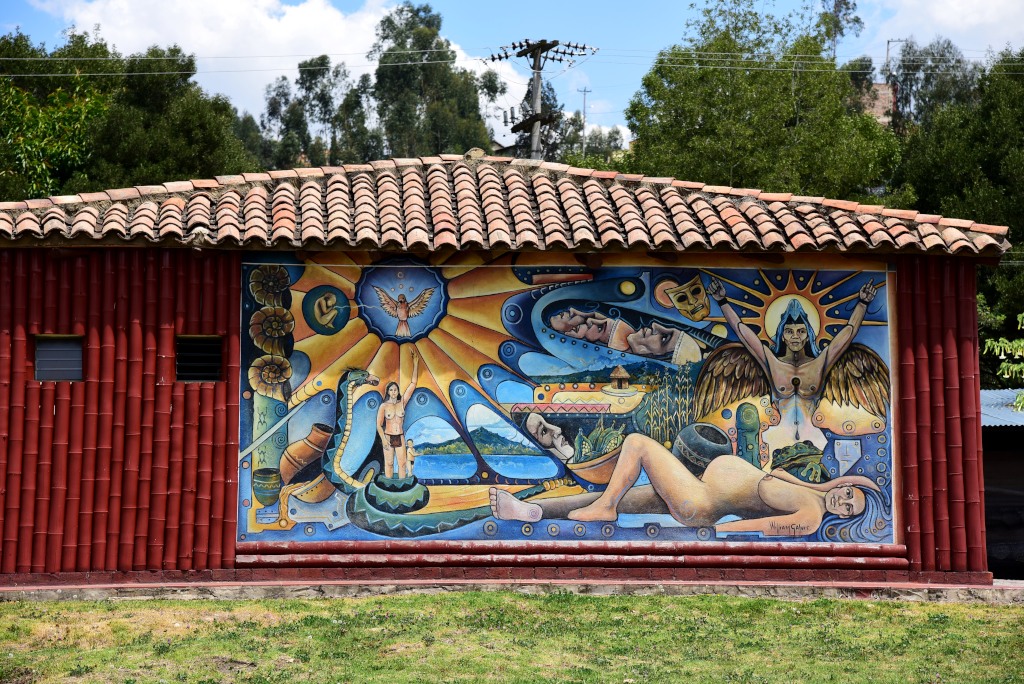
At the bus station, I am told there are no direct buses until the night time to San Gil. I panic momentarily, then realize that the bulk of the service is provided as of Tunja, as it is the major centre in the region, and en route to San Gil.
The Libertadores bus to Tunja is as posh as could be expected. We pass the entrances to Tibasosa, Paipa (never made it there!) and Duitama (probably good to give the place a big pass). Tunja is a familiar sight, but the modern, well-designed and executed structures, polished look and sense of planning a shock coming from the likes of Sogamoso.
Do the fine citizens of Sagamoso ever even leave their town?
I squat in the chair in the bus company office, not wanting to leave and risk missing the bus to San Gil. The notion is somewhat ridiculous, but I am of the impression that I could end up climbing up and down the same staircases in this bus station, end up exhausted, and end up in the wrong place – at the wrong time. Sometimes it is just easier to act the stupid tourist and in this case annoy the eminently friendly bus company employees.
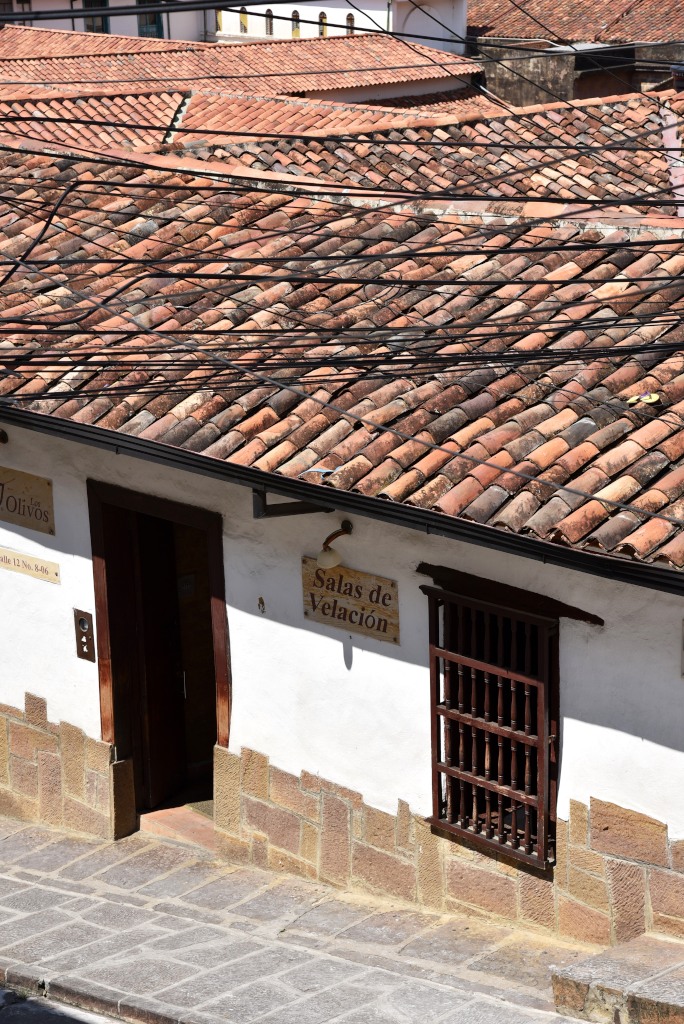
Approaching the luxurious coach with final destination of Bucaramanga, I see a lost-looking young European woman who asks me if I know where she can buy a ticket to San Gil. Do I ever know where she can do so! I lead her to the office, and wait for her downstairs on the parking lot.
Sylvie is on a very brief two week tour of Colombia. And as it happens on these crazed itineraries, she has lost her charger, which becomes the object of momentary consternation. After all, she just wants to message her friend who is already in San Gil. But then what is the wifi password? The travails of traveling …
It is unfortunately night fall by the time we leave. We chat about traveling, about France, food, subjects that may keep a French person interested. It seems we have been going all night already, but we have just been traveling for one hour, and have another three to go. At least we have a food break to look forward to, in theory, anyway.
I explain what motivates me to work on my blog. The content I create is not all that profound, and depends on the situation I find myself in. The aesthetic or cathartic can arise very spontaneously.
While there is somewhere a very mechanistic aspect to the process of creating content, at times it becomes somewhat more profound, although in general terms, the perennial goal is to forge some transcendence out of the banal.
Traveling as a consumer function is about objectifying realities that are anything but exotic.
Sometimes exploring what is very ordinary for many in a local context can achieve its own poetry. It’s a lot of work, but engenders a creativity that acts as a potent counterpoint to my professional work, which also involves writing, but writing in a different manner and with different goals in mind.
Of course, I sacrifice 1/3 to ½ of the day writing and editing photos when I could be out enjoying myself or making more meaningful experiences. But the idea of having a good time travelling loses traction over the years, as it just amounts to no more than a facile blur that has no depth or coherence.
Observing the settlements passing by us along the single gauge highway, it seems that the Santander’s standard of living is quite high, given how modern the buildings illuminated from the roadside seem. But my impression could be very illusory …
The road seems to weave the entire stretch, and well into dusk, the mountains seem to tower high above us. Once it is dark, we see only the buildings immediately visible from the roadside.
Suddenly, the bus pulls into a narrow alley, and we are at the back of a building with no sign of life. ‘San Gil’ I hear the driver say repeatedly, but no one moves. He can’t be referring to us in this God-forsaken place, can he? It seems he is… Walking through the building, we do see signs of life, but this time of day is hardly when Colombians spring to life.
The taxi driver brings us into the old city, Sylvie’s place le Papillon farther from the centre. He tells me that Boyacá is higher and hilly, while Santander is hotter but more mountainous. Boyacá lives mostly from agriculture and mining, agriculture including potatoes and onion, while Santander from coffee and other vegetables. From her hotel, we proceed to the Hostel Casa Colonial that I have booked, from the street an innocuous revamped colonial building with a patchwork authenticity, but all the same remarkable in its own way.
Selective historical artifacts adorn the walls, the ceilings studded with raw timber beams. The room I have ordered doesn’t have a desk as I had requested, and for that matter, the windows are nothing but portholes.
The polite young man from the reception explains that the structure is intended to be historic, hence doesn’t cater to all modern conveniences. The second room he shows me has the same portholes. I settle on a third, even larger room downstairs with a huge hamock and two large sets of windows that open to let fresh air in, although there is no glass set in the frames, meaning that they can’t be open at night (otherwise mosquitoes may enter). Also, as the rooms are facing the street, they could be loud during the day. Now they aren’t, but who knows what could erupt in the earliest hours of the morning!
For now I am very content. I may have arrived in San Gil very late, but the town and the Santander departamento promises to be quite remarkable. And my room is otherwise quite beautiful, almost twice as expensive as the one in Sogamoso, but let’s say I am not going back to Sogamoso …
Church bells toll, another historic touch … And is it ever warm, 21 Celsius, what a change from Boyacá!

